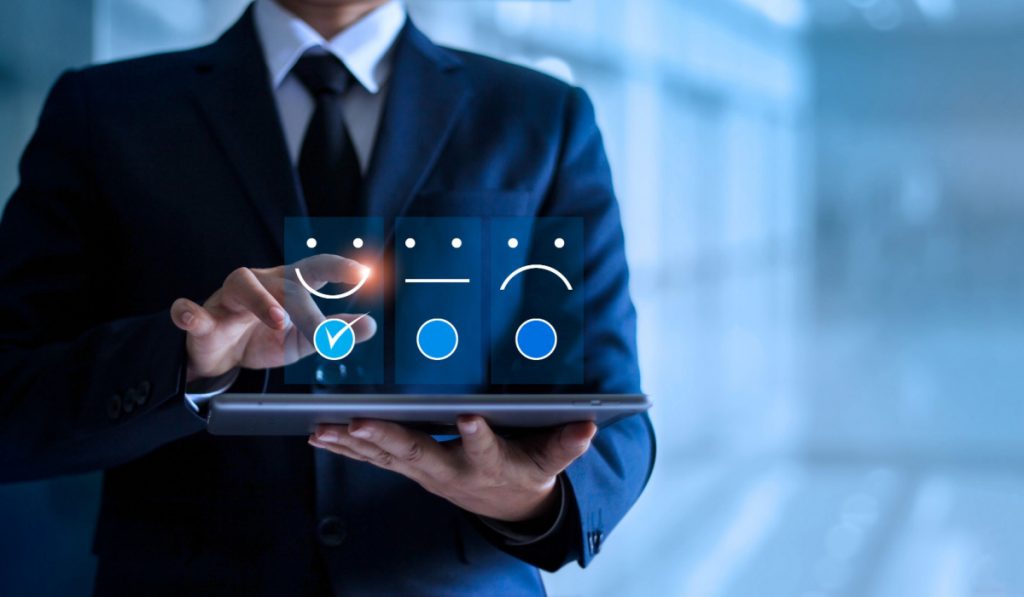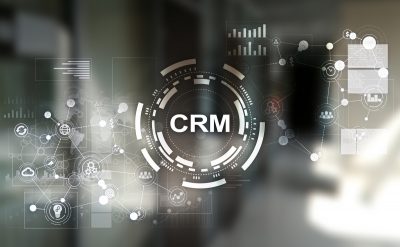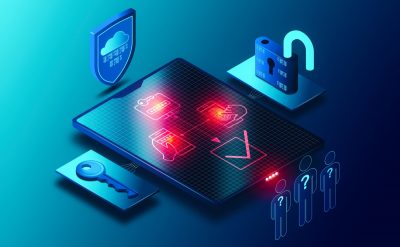Highlights:
- Online visibility in the contact center has many benefits: Higher customer satisfaction and retention, lower customer churn, higher first-call resolution rates, and lower costs.
- With online visibility, agents in the contact center can get a complete picture of what their callers are trying to do.
In the previous blog, we learned that no matter how well an organization performs with a single channel, today’s customers lose patience instantly if they cannot move smoothly across channels. This is especially true for businesses that have complex business processes. Closing the multi-channel customer experience gap is essential to improve the overall customer experience.
In this blog, we’ll be covering the following:
- How to increase the contact center’s online exposure
- How increased visibility can help problem-solving
- How visibility makes customers happier
- How visibility increases the value of customers
- How reaching online visibility may be more complicated than anticipated
Increase the contact center’s online exposure
The quickest way to improve multi-channel customer experience is to bring visibility into the online customer experience to the contact center agents who deliver telephone-based customer experience.
When your agents have a complete picture of what their callers saw, did, and experienced on your website before calling you, they can solve problems more quickly and provide better service.
Online visibility in the contact center has many benefits: Higher customer satisfaction and retention, lower customer churn, higher first-call resolution rates, and lower costs.
Problem-solving is speeded up by increased visibility
The complexity of modern websites has meant that almost none of them are flaw-free. In addition, end-users are bound to get lost and make mistakes even with the most well-thought-out layouts.
But if contact center agents can see what the customers are experiencing, they can quickly resolve customer issues, whether they stem from the website or user error.
Online visibility means the customer service representatives no longer need to treat callers as diagnostic tools or ask, “what did you see on your screen?”
Contact center agents can also resolve many issues themselves, thus facilitating the resolution process and minimizing escalations to the web development teams. The contact center agents can also use the data they collect online to facilitate it to the web development team to ensure users do not experience the same issues they did.
Rapid problem resolution increases “channel containment,” which encourages more consumers to use the self-service channel, which is less expensive for the business.
As most industry estimates reveal that the average cost of a web engagement is less than 10% of the price of telephone interaction, channel confinement quickly translates into bottom-line savings.
Finally, the time it takes to address escalations is reduced thanks to improved feedback loops between the contact center and the web development team. This means less wasted time and cash for the web development team.
Visibility helps solve problems on the first call and makes customers happier
With online visibility, agents in the contact center can get a complete picture of what their callers are trying to do. Agents can see what customers looked at (like products, prices, and special deals), what services they used (like comparing products, checking orders, confirming payments, etcetera.), and where they might have had trouble. Instead of asking the customer, “What did you just do?” the agent can start each interaction at a point that makes sense to the customer and give that customer a higher level of service. Agents can even shadow browse to provide personalized service that gets the transaction done faster and with less work on the part of the agent while helping the customer at every step.
Visibility increases the value of customers.
With online visibility and context into the customer actions online, the contact center agent gains significant knowledge about customers’ interests and demands. This knowledge may be applied for targeted cross-selling and upselling.
Your company may use this information solely when clients call in, or you may opt to be more proactive and contact clients by phone or email with potential offers.
Things get better for your customer when you acknowledge the problem, fix it and then give time to connect with an offer. This is called the creation of a “moment of truth” that shows how much you care.
Additionally, proactive follow-up transforms a scenario that could have quickly gone “viral” negatively via social media. Instead, it allows your clients to speak highly of you.
Reaching online visibility may be more complicated than you anticipate
As we have said earlier, online visibility provides several benefits for the multi-channel consumer experience. But given the fact that today’s websites are complex, providing agents with this amount of visibility and context might be challenging.
While static client profiles and transaction histories are easy to find, it may be difficult to reproduce dynamic website data.
Some contact center agents in many organizations use a version of their website to impersonate their clients. However, this strategy is time-consuming, and agents may not have all the consumer data required to simulate the customer accurately. The website may display a different view based on the customer’s specific selections, transaction history, browsing history, and more.
Further, internal website versions may not always be updated with the live site and may not show all the deals, pricing promotions, and products seen by the customers.
Lastly, agents may be unable to be accountable for clients behaving differently – and unpredictably – on the website. But with these tools, agents are unable to get the context of the happenings before the customer call – co-browsing solutions just work at the point when the consumer calls the call center.
Thus, some companies give contact center agents separate tools that offer information about clients’ previous transactions, such as a web program that displays order history records. While the agent gets some visibility with thus, the tools frequently provide limited information.
Adding more information can be a lengthy development process, especially for real-time data when the customer makes online visibility. These solutions also provide limited overall context of the consumer’s actual experience – they deliver only high-level metadata, such as what goods or areas of the site the customer browsed.
To summarize
Online and mobile channels have gradually gained importance, but a company’s website is the most effective way to get the work done for many customers. Unfortunately, even with a website with the best features and a good website design, it still requires services in many cases.
A superior customer experience is directly proportional to a good multi-channel customer experience. Here, customers can switch from one channel to another without getting a feeling that they are interacting with two different companies. The benefits of closing the multi-channel customer experience gap are many: It enables you to make your brand stand out, fuels the resolution process, improves first-call resolution, enhances customer satisfaction, and builds customer value.












